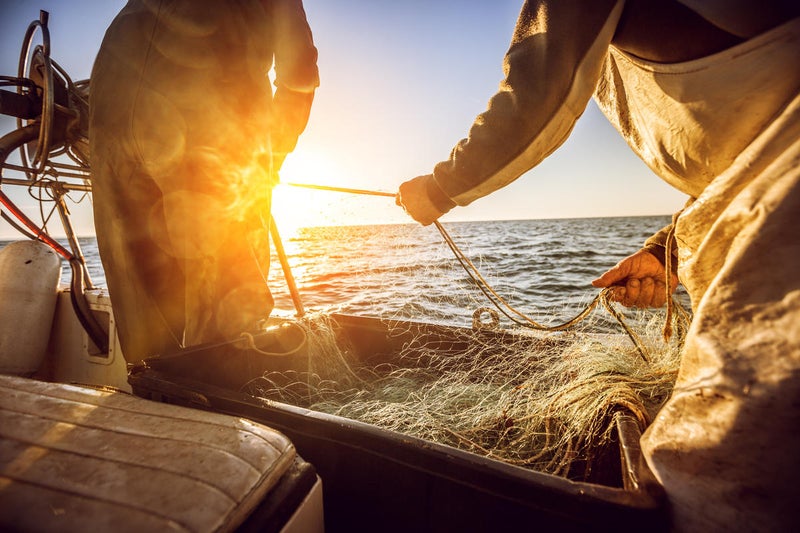Unsustainable fishing remains among the planet’s most serious and elusive environmental challenges. When it comes to the ocean, scientists agree that while reducing and mitigating climate risks is the biggest long-term threat, getting fishing intensity right is the biggest near-term need. Unknown to most people, concerted efforts have been underway now for more than 25 years to transform marine fisheries to sustainability. At this silver anniversary, it is important to ask how well we are doing.
I will spoil the story by telling you now that the answer is “better than we had any reason to hope,” and at the same time, “not well enough.” Here’s what I mean.
The successful management of marine fishes is inherently challenging. Counting free-moving and largely unseen organisms can be difficult; managing catches when many species are caught together seems impossible. Add in the difficulties of getting disparate user groups, communities and countries to cooperate in coordinated management at scales that match the widespread distributions of fish, and you have a recipe for slow progress. It’s no surprise, then, that marine conservation has lagged decades behind its terrestrial analogue.
Fisheries progress through the decades
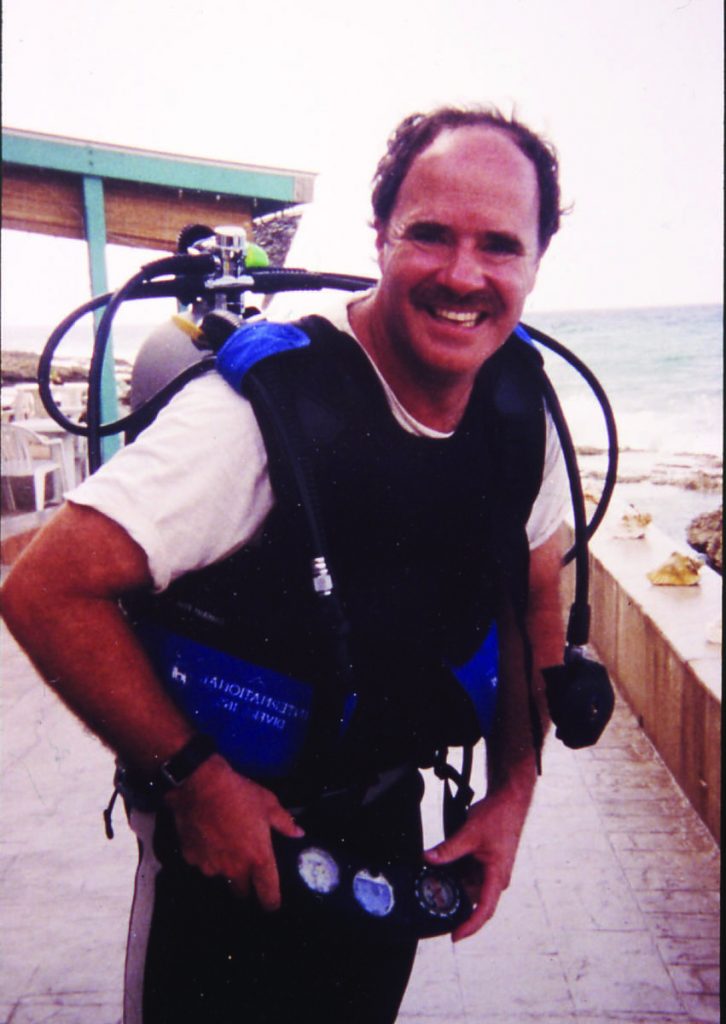 When I joined EDF in early 1988, few if any environmental groups were engaged in transforming fisheries to sustainability. To be sure, there were good works underway, focused largely on protecting fish habitats and on stopping blatant if accidental catches of rare and endangered species. However, in addition to the inherent complexities and political nature of fisheries decision-making — viewed by most of us as the ultimate conservation hairball — fishermen were regarded as among the most valuable conservation voices. No one wanted to alienate critical allies essential in fighting water quality degradation and threats to important wetlands and coastal areas, which also provide key habitats for species that fishermen wanted to catch.
When I joined EDF in early 1988, few if any environmental groups were engaged in transforming fisheries to sustainability. To be sure, there were good works underway, focused largely on protecting fish habitats and on stopping blatant if accidental catches of rare and endangered species. However, in addition to the inherent complexities and political nature of fisheries decision-making — viewed by most of us as the ultimate conservation hairball — fishermen were regarded as among the most valuable conservation voices. No one wanted to alienate critical allies essential in fighting water quality degradation and threats to important wetlands and coastal areas, which also provide key habitats for species that fishermen wanted to catch.
At that time, the U.S. was, at best, average with respect to marine fisheries management. While the uncontrolled, foreign distant-waters fishing fleets that caused rapid depletion of resources had been kicked out when U.S. waters expanded to 200 nautical miles in 1976, that fleet was rapidly replaced by home-grown vessels that were also not well-controlled. Federal law allowed short-term economics and politics to trump fishing limits required by longer-term biological performance, and overly intensive fishing usually resulted. Depleted fisheries were the rule rather than the exception around the country.
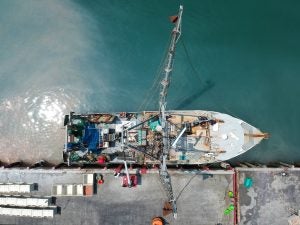 By the early 1990s, however, new ideas about managing the commons — including ocean fisheries — were emerging, using the combination of biologically determined fishing limits and conservation incentives to help realize environmental goals. Notable progress had been made implementing these practices in Australia, New Zealand and several European countries. Also, dramatic improvements began to be made in both the science of assessing both fish populations and catch levels, resulting in more effective management.
By the early 1990s, however, new ideas about managing the commons — including ocean fisheries — were emerging, using the combination of biologically determined fishing limits and conservation incentives to help realize environmental goals. Notable progress had been made implementing these practices in Australia, New Zealand and several European countries. Also, dramatic improvements began to be made in both the science of assessing both fish populations and catch levels, resulting in more effective management.
By the mid-1990s, conservationists were accumulating a realistic toolbox that could sustain effective management of marine fisheries. One clear signal of that progress came in October 1995 with the near-unanimous endorsement of the U.N. Code of Conduct for Responsible Fisheries.
Additional major momentum came from the adoption in late 1996 in the United States of a complete renovation of the framework fisheries legislation, the Magnuson-Stevens Act. That achievement was built upon far-sighted investments by conservation funders and key leadership from governmental institutions, non-governmental organizations and fishing industry associations all committed to turning this long-term problem around. That 1996 legislation also underscored the need for comprehensive, ecosystem-based management for marine systems, including new requirements to protect essential fish habitats and predator-prey relationships.
Of course, it wasn’t quite that easy — as important things never are — and it took a ground-breaking lawsuit and court finding on summer flounder in 2000 to continue progress. It also took another round of the U.S. Congress saying “we mean it” in 2006 on the Magnuson-Stevens Act, and then a considerable amount of work with fishers and managers all around the country showing how sustainable fisheries could also be profitable before the corner was turned on sustainable fisheries here at home.
A global view of sustainable fisheries
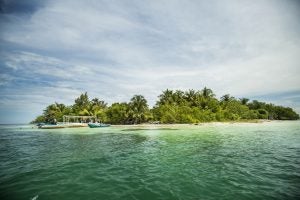 Many other advances followed in rapid succession, including the adoption of a much-improved Common Fisheries Policy by the European Union in 2013, and more recently, important new comprehensive fisheries laws in Japan, Cuba and Belize in 2018 and 2019.
Many other advances followed in rapid succession, including the adoption of a much-improved Common Fisheries Policy by the European Union in 2013, and more recently, important new comprehensive fisheries laws in Japan, Cuba and Belize in 2018 and 2019.
So, what has happened as a result?
Today in the United States, the prevalence of overfishing has been significantly reduced compared to the very poor state of fisheries in the mid-1990s. As of the most recent quarterly status update (June 30, 2021), 47 stocks of fish have been rebuilt after being overfished and only 49 stocks out of 465 remain in an overfished condition, while only 25 are continuing to be overfished. Don’t get me wrong: not everything is perfect. Significant challenges remain, especially where fish stocks are pursued by commercial and recreational interests with big differences in accounting mechanisms, or across jurisdictional boundaries, and in complicated mixed-species fisheries where so-called “weaker” stocks are caught along with healthier stocks. Nonetheless, the overall management system has been radically overhauled, and performance is dramatically improved — a massive turnaround that rarely gets the attention it deserves!
In Europe, the principal stocks of the Northeast Atlantic are, for the most part, no longer being overfished versus maximum sustainable yield fishing rate targets. In 2007, just 22% of adequately known stocks were well-managed; by 2018, that fraction had improved to 62%. There are problems with the speed with which CFP goals are being met, and Brexit adds to the complexity of managing shared stocks across national and international boundaries. Nevertheless, there is hope on the cross-border management issue, as non-EU members Norway and Iceland have been reasonably effective management partners. The big problem in Europe is that Southern Europe — including the Mediterranean — lags far behind. But, on balance, Europe is not the total disaster it was in the mid-1990s.
There are also important signs of progress in Asia. In Japan, the new fisheries law has created tremendous potential for sustainability. In China, state leaders seem committed to emplacing sustainability in their domestic fisheries as part of their move toward “ecological civilization,” and provinces are making key strides toward building working models of catch-based management.
 What about globally? The U.N. Fisheries and Agriculture Organization tracks overall fisheries performance through biennial reports in the “State of Fisheries and Aquaculture,” or SOFIA for short. The 2020 version was just released last year, on the 25th anniversary of the adoption of the Code of Conduct for Responsible Fisheries. SOFIA 2020 documents the fact that despite the progress laid out above — and some important advances elsewhere, including in some large-scale tuna management organizations — the overall slow erosion in global fish stocks continues.
What about globally? The U.N. Fisheries and Agriculture Organization tracks overall fisheries performance through biennial reports in the “State of Fisheries and Aquaculture,” or SOFIA for short. The 2020 version was just released last year, on the 25th anniversary of the adoption of the Code of Conduct for Responsible Fisheries. SOFIA 2020 documents the fact that despite the progress laid out above — and some important advances elsewhere, including in some large-scale tuna management organizations — the overall slow erosion in global fish stocks continues.
Today, about 35% of stocks whose condition is known are unsustainably fished, and less well- known stocks — those relied upon predominantly in less-developed countries, and where many vulnerable and hungry people live — are estimated to be much worse off. Moreover, globally, the prevalence of fish stocks believed to be “underfished” are down to just a handful. The bottom line on all this is that global fish yields have not collapsed the way pessimists expected back in the mid-1990s, but they haven’t increased either, being more or less stable at about 85 million metric tons per year since 1988.
One thing is clear for larger-scale ocean fisheries: effective management works. What’s needed now is to work with governments and stakeholders to emplace effective management systems. Getting incentives right for fishers also helps.
Looking to a climate-smart, sustainable future
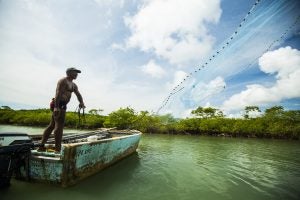 There is also good news at the other end of the governance spectrum — where the less well-known stocks and small-scale fishers are concentrated. Tools built for small-scale fisheries and implemented in concert with fishing communities have made tremendous progress, from Belize and Cuba to the Philippines and Indonesia. Attention demanded by small-scale fishers and their organizations, and investments by far-sighted global institutions and funders are beginning to pay off for these critical stakeholders. Our team is lucky to be a partner in that work.
There is also good news at the other end of the governance spectrum — where the less well-known stocks and small-scale fishers are concentrated. Tools built for small-scale fisheries and implemented in concert with fishing communities have made tremendous progress, from Belize and Cuba to the Philippines and Indonesia. Attention demanded by small-scale fishers and their organizations, and investments by far-sighted global institutions and funders are beginning to pay off for these critical stakeholders. Our team is lucky to be a partner in that work.
I do not mean to minimize the challenges ahead. Perhaps the biggest of those relates to how this emerging sustainable fisheries system will perform in the face of coming climate changes. Read “Fisheries for the Future,” a multi-part blog series by EDF exploring how climate change will affect fisheries and what we can do to manage fisheries better.
Nonetheless, it is a good time to reflect on the important and hard-won progress achieved in untangling this challenging global problem. After 25 years of hard work by thousands of committed people — scientists, managers, fishers, funders — the future is not as bleak as it appeared back in 1995.
As I personally move toward retiring from the day-to-day business of partnering to improve fisheries management, I feel that a “thank you” is needed to all those people who have made such a difference.










